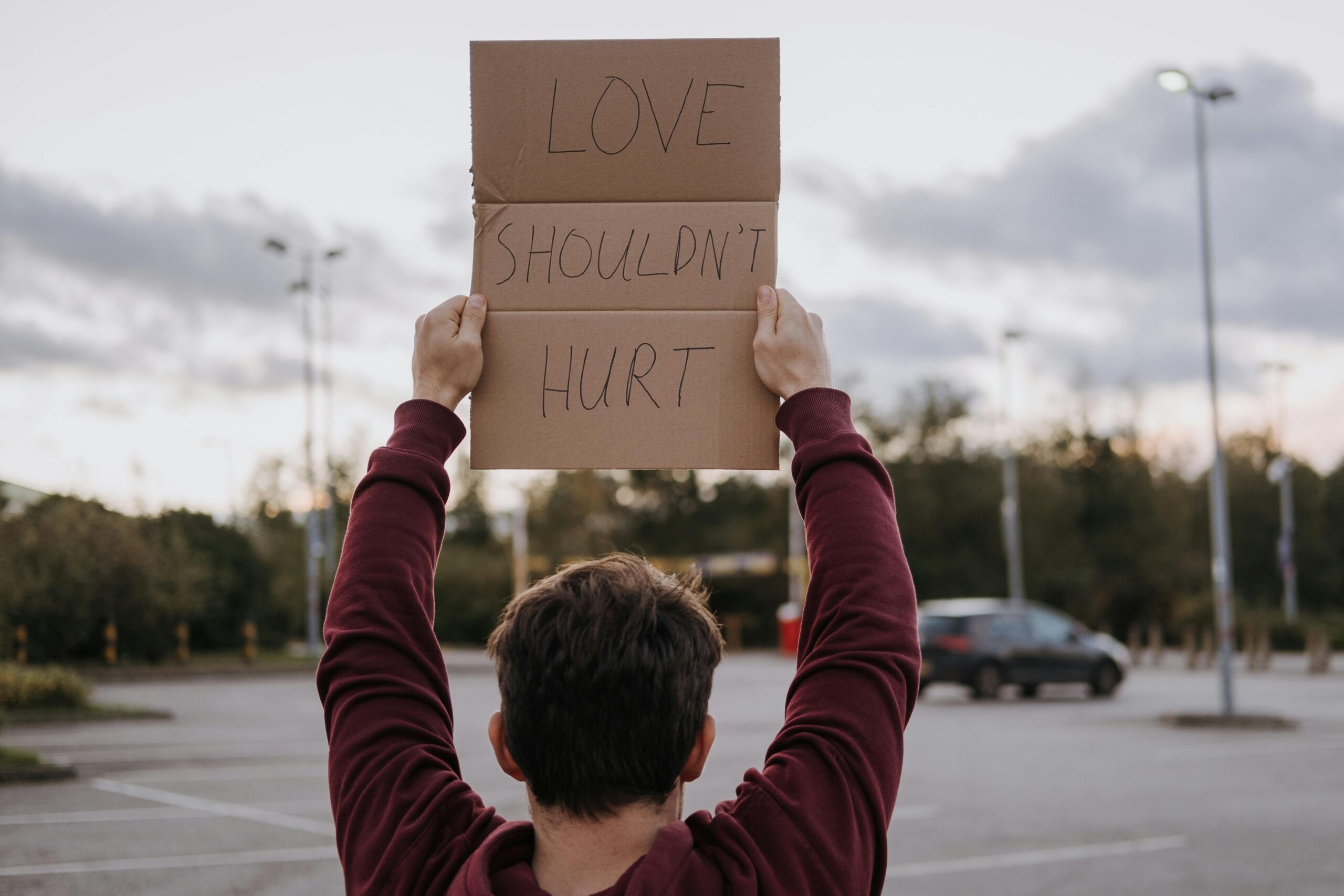November 18 is the International Day for the Elimination of Violence Against Men
Let’s begin with a tough truth: Boys and men experience sexual violence, too.
One in seven boys worldwide experience sexual violence as a child.
This conversation remains shrouded in stigma. From early on, we learn that this topic is too uncomfortable to discuss, but that isn’t true. For years, I have worked with male survivors, elected officials, and community leaders around the world to address this hidden crisis. We talk about these truths openly and without shame.
If I can do it, so can you.
It is time to confront the reality of male victimization and the impact it has on all of us. It is time to break the stigma and shed the shame. Our boys and men need it. Our girls and women do, too.
The Hidden Crisis
While women and girls experience higher rates of abuse and deserve focused attention, it’s important to acknowledge that people of all genders can be victims. In particular, boys and men often face stigma when they speak out, and without inclusive approaches, their experiences – along with others who fall outside the dominant narrative – can be unintentionally sidelined.
The effects of trauma extend far beyond childhood. Survivors of childhood sexual violence face heightened health risks, including depression, post-traumatic stress disorder, substance abuse, and suicidal ideation. Conservative estimates indicate at least a 35 percent increase in risk of self-harm for survivors.
This trauma may also lead to conduct disorders, such as academic or career challenges or inconsistency. More than 50 percent of incarcerated men report experiencing sexual violence as children (Note: the vast majority of male survivors do not become perpetrators themselves. Trauma affects individuals differently, and this statistic is intended to highlight that trauma can lead to risky behavior).
Ignoring this issue costs everyone. A study from Johns Hopkins found the economic toll of child sexual abuse in the United States was at least $9.3 billion in 2015, a conservative estimate. In 2022, the cost of incarcerating individuals convicted of child sex crimes topped $5.4 billion.
Breaking Through the Silence
More than one in five men never disclose their experience to anyone, including their own family members. Studies indicate that those who do disclose often wait until their 50s to do so.
Rigid ideas of masculinity discourage vulnerability and emotional expression. Many boys and men internalize harmful beliefs that acknowledging their trauma may be viewed as a sign of weakness or shame. Equimundo’s State of American Men 2025 report found 57 percent of survey respondents (men and women) feel like “no one cares if men are okay.” If the cultural zeitgeist is ambivalent at best, it should be unsurprising that male survivors so rarely disclose.
To complicate matters, our national network of institutions are not positioned to adequately support survivors of sexual violence. In this broken ecosystem, men and boys are often excluded. Those that receive support may experience bias or ill-adapted support that does not recognize their unique challenges.
Male survivors become trapped in a painful paradox. Burying their trauma feels necessary to maintain masculine ideals, and yet this very suppression prolongs emotional suffering and sense of isolation.
We must create safer spaces where all survivors – regardless of gender – can openly share without fear of judgment. Vulnerability must be viewed as a sign of strength.
Addressing Male Victimization Benefits Us All
There are reasonable worries that shedding light on male victimization diverts attention from violence against women and girls. Fortunately, this is far from true.
Addressing sexual violence against boys and men strengthens efforts to combat all forms of abuse. Healing for male survivors dismantles patriarchal norms that perpetuate harm across all genders, helping redefine masculinity to include empathy and emotional courage. Providing support to male survivors reduces the likelihood of intergenerational harm and fosters healthier relationships and communities.
When male survivors receive the tools to heal, we all benefit.
Taking Action Together
Addressing sexual violence against boys and men requires a multi-faceted approach. YOU can make an impact in your own community through actions big and small:
Raise Awareness – Encourage open conversations in your schools, workplaces, and communities about male victimization. There is plenty of accessible research and resources from groups such as 1in6, the American Institute for Boys and Men, and Equimundo.
Implement Trauma-Informed and Gender-Specific Care – Join or conduct trainings for professionals such as teachers, healthcare providers, and law enforcement. Utilize programs such as the Darkness to Light’s Stewards of Children curriculum to better understand trauma-sensitive approaches for supporting male survivors.
Advocate for Legislative Reform – Call for your elected officials to support research-backed policies such as those outlined in the U.S. National Blueprint to End Sexual Violence Against Children and Adolescents. If you aren’t sure where to get started, reach out to the Equimundo team.
Expand our definition of Masculinity – Foster discussions around healthy masculinity with those around you. Highlight and share content from male role models who have courageously spoken about their experiences to normalize vulnerability.
A Hopeful Conclusion
We need to talk about sexual violence against boys.
If you hold doubts that this is possible, I offer myself as an example.
I am a public male survivor of childhood sexual violence. I have firsthand experience of the gaps and failures of our organizations, laws, police, community leaders, elected officials, and society at large. I have struggled and suffered under the weight of the shame. At times, I have even attempted suicide.
Yet, I am filled with hope.
I have witnessed countless organizations, advocates, and elected officials collaborate to identify, mitigate, and respond to childhood sexual violence. I have seen governments around the world recognize the scope and scale of this crisis. I have joined coalitions as bipartisan legislation passed at every level of government. I have seen a better world is possible.
We CAN talk about sexual violence against boys.
